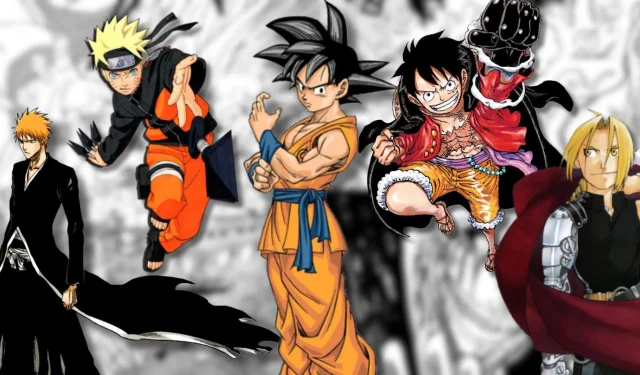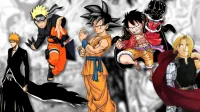Overview of Shonen Manga’s Impact
- Shonen manga has transformed the comic industry with its distinct themes and characterizations.
- Titles like Chainsaw Man, Attack on Titan, and Naruto rank among the most acclaimed shonen series.
- Series such as One Piece and Dragon Ball have significantly influenced the global comic scene.
The shonen genre has made an indelible mark on Japan’s manga landscape. Over recent decades, stories crafted for young Japanese males have transcended cultural boundaries, captivating audiences of all ages, genders, and nationalities around the globe.
This genre’s popularity has skyrocketed internationally, inspiring countless talented creators to craft their own unique narratives. Some series have left such a profound impact that their legacy continues to shape successors. With an enormous variety of outstanding shonen manga available, we’ve highlighted the top contenders in this genre.
8 Chainsaw Man
A Surreal and Dark Story with a Unique Power System
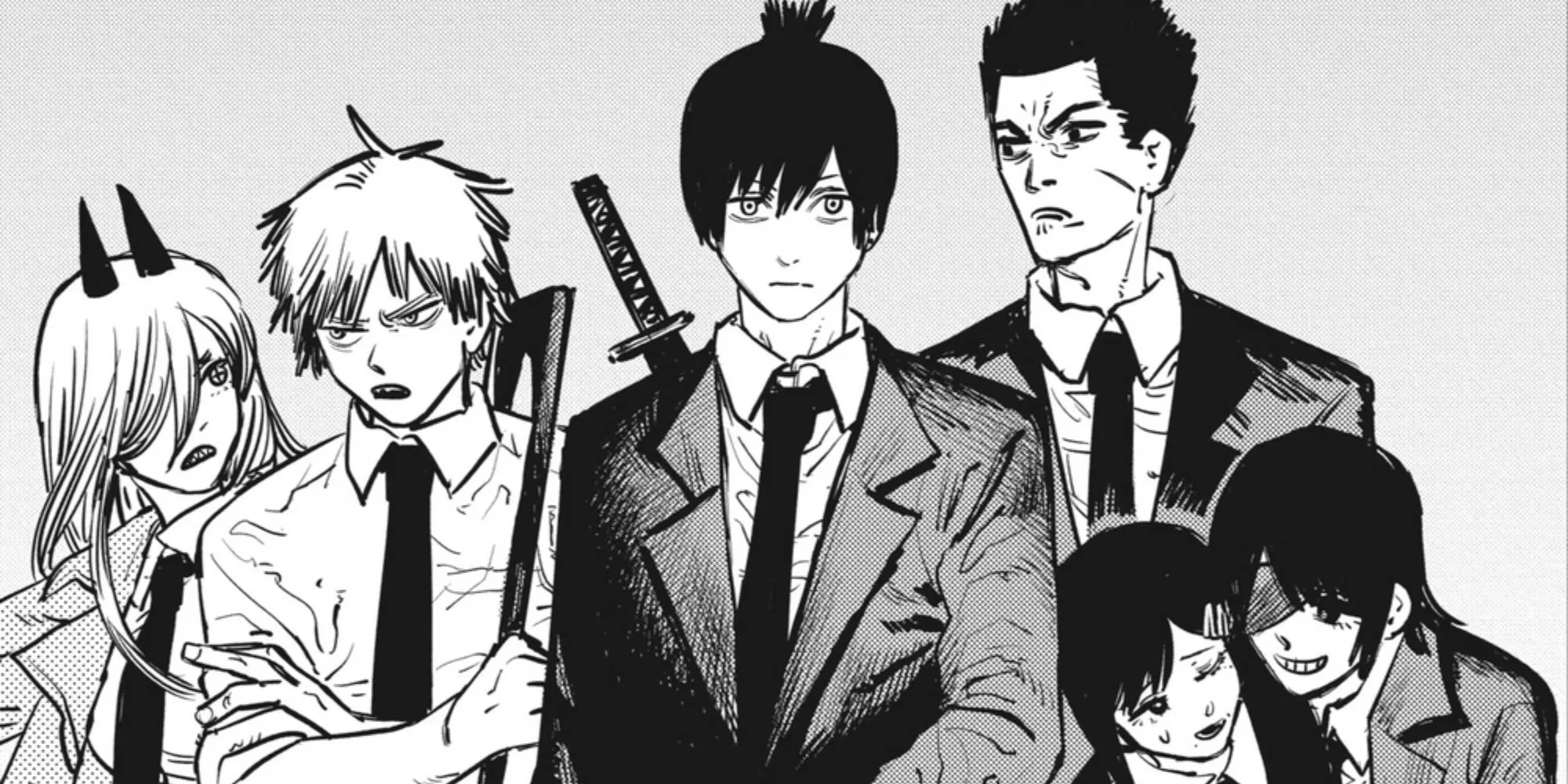
- Author: Tatsuki Fujimoto
- Magazine: Weekly Shonen Jump
- Debut: December 3, 2018
- Genres: Action, Horror, Dark Comedy
- Chapters: 198 (Ongoing)
The late 2010s witnessed the rise of several remarkable shonen titles, including My Hero Academia and Demon Slayer. However, Chainsaw Man by Tatsuki Fujimoto stands out as a groundbreaking entry that has earned a place among the genre’s legendary works. Its profound darkness and innovative storytelling have redefined expectations within manga.
The characters boast deep complexity and exceptional growth, set against a backdrop of one of the most imaginative power systems defined by devils that embody humanity’s deepest fears. Fujimoto’s distinctive paneling, imaginative character designs, and dynamic action sequences elevate this series to modern classic status, making a substantial impact in just a few years compared to its contemporaries.
7 Attack on Titan
A Violent Series that Satisfied Readers During a Drought Era
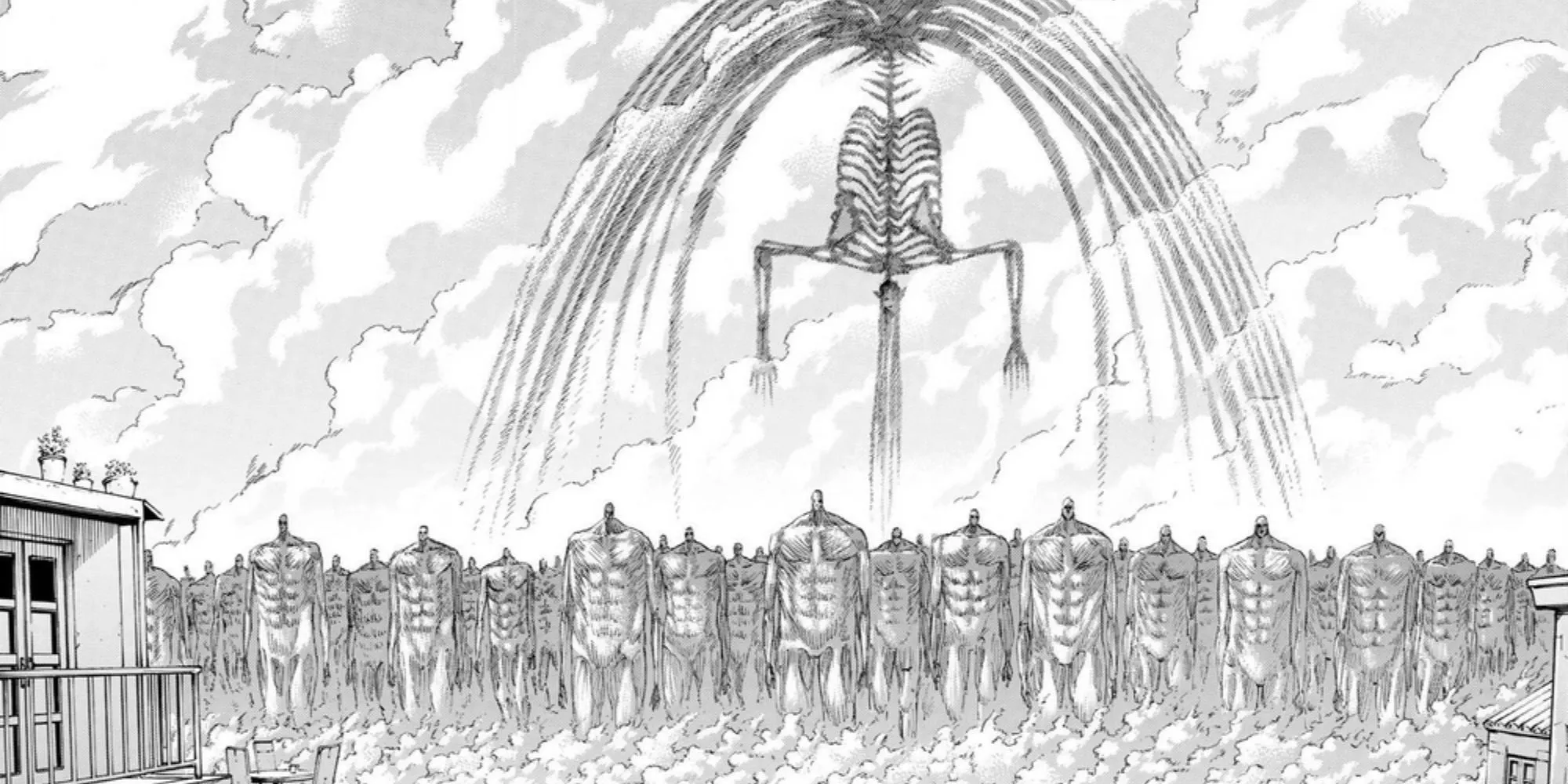
- Author: Hajime Isayama
- Magazine: Bessatsu Shonen Magazine
- Debut: September 9, 2009
- Genres: Action, Dark Fantasy, Political Thriller
- Chapters: 139
In the mid-2000s, the shonen genre seemed to struggle with a lack of innovation, but Hajime Isayama’s Attack on Titan emerged as a crucial bridge during this period. Departing from the expected light-hearted themes, it offered a dark fantasy thriller packed with violent action and mature themes.
This narrative introduced readers to a perilous world where characters faced constant dangers, supported by Isayama’s striking artwork that captured the formidable essence of titans. The series gained notoriety especially for its audacious final arc, transforming protagonist Eren Yeager into an infamous antagonist with a complex motivation. While its closure received mixed reactions, it undeniably reshaped the industry landscape through its daring storytelling.
6 Naruto
An Epic Ninja Tale Among the Big Three
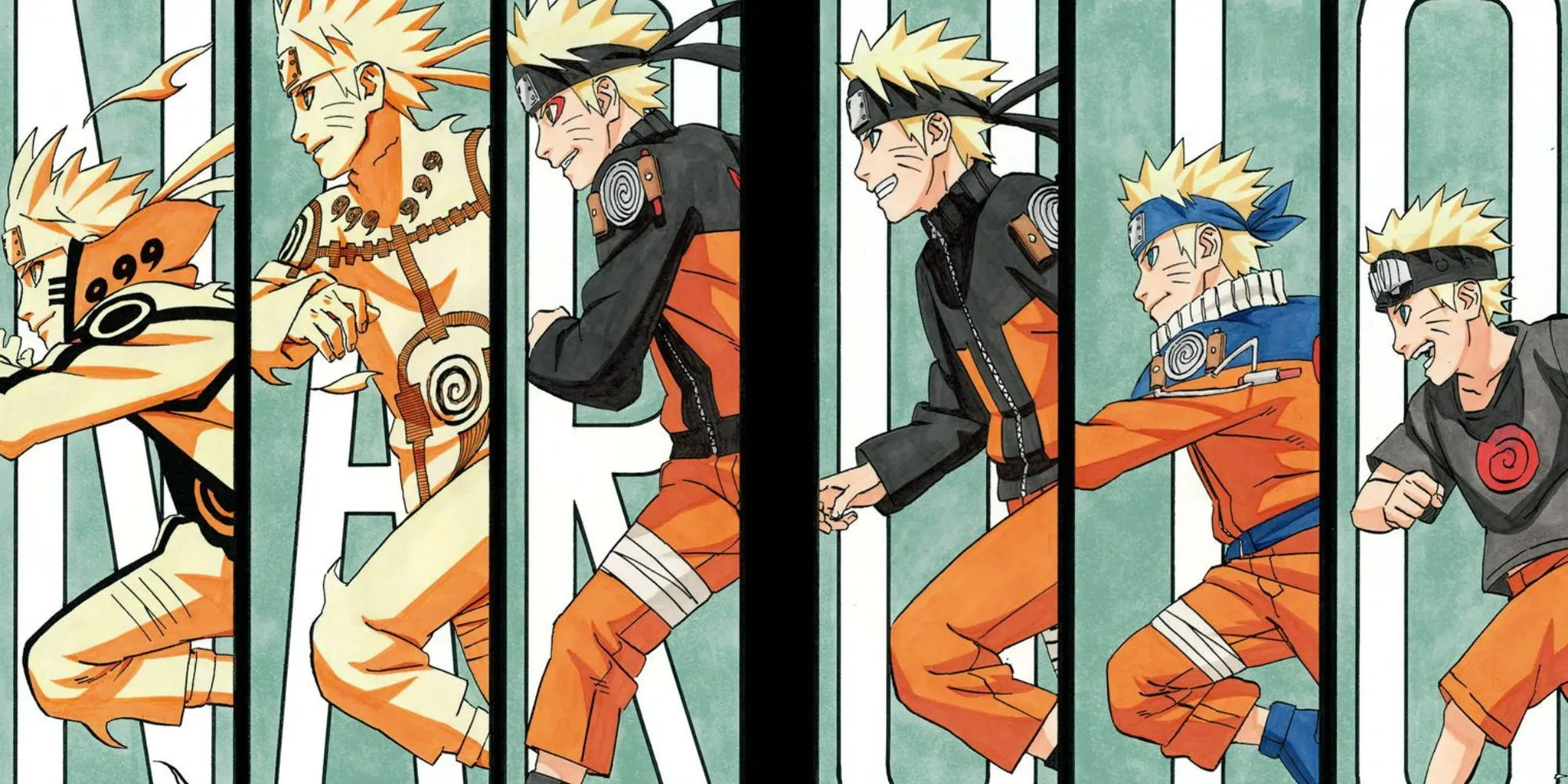
- Author: Masashi Kishimoto
- Magazine: Weekly Shonen Jump
- Debut: September 21, 1999
- Genres: Action, Adventure, Fantasy
- Chapters: 700
It’s virtually impossible to discuss shonen without acknowledging the “Big Three,” and among them, Masashi Kishimoto’s Naruto remains the most significant title. Its tale of Naruto Uzumaki – a young boy aspiring to become Hokage while hosting a demon fox within him – maintains enduring appeal globally, captivating readers year after year.
Kishimoto’s exploration of Naruto’s journey crafts an engaging action narrative punctuated by rich character dynamics, formidable foes, and thrilling battles enhanced by a unique power system based on chakra and ninjutsu. While some critique its concluding arc and the subsequent series Boruto, Naruto undeniably carved a lasting legacy that continues to influence countless series that followed.
5 Bleach
An Engaging and Impactful Supernatural Action Series
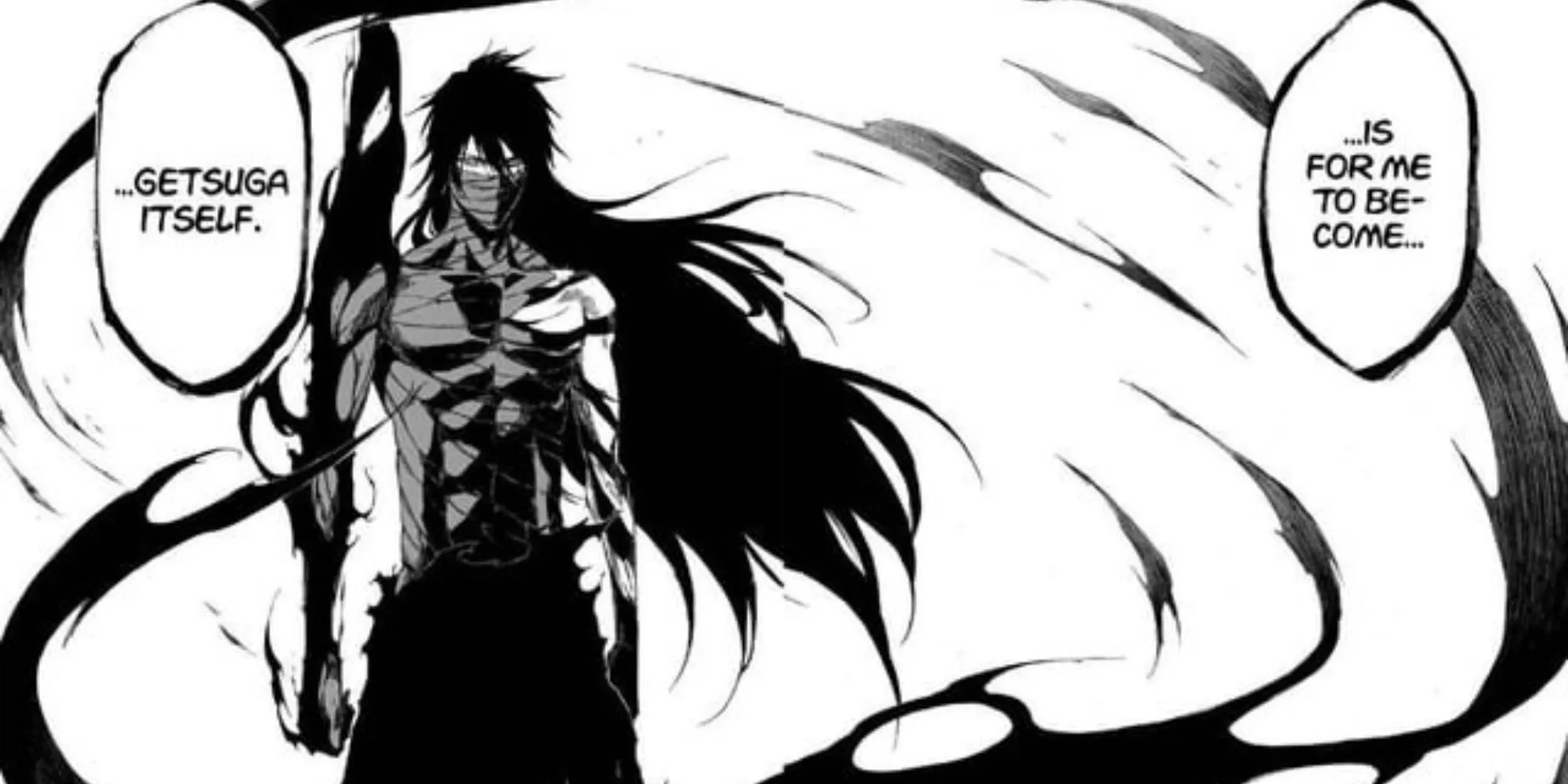
- Author: Tite Kubo
- Magazine: Weekly Shonen Jump
- Debut: August 7, 2001
- Genres: Action, Adventure, Supernatural
- Chapters: 686
Tite Kubo’s Bleach characterizes another vital segment of the “Big Three,” complementing the narratives of its counterparts with a unique twist. Starting with a premise akin to superhero tales, this story centers on Ichigo Kurosaki, a delinquent with ghost-seeing abilities, who encounters Soul Reaper Rukia Kuchiki. This encounter unfolds an engaging supernatural realm filled with adventure and action.
Initially reminiscent of a short superhero story, Bleach evolves into an epic saga showcasing richly developed characters, such as the Gotei 13 and Espadas, alongside a captivating power system revolving around the Zanpakuto and Bankai. Infinitely entertaining, the influence of Bleach resonates in numerous contemporary series, including Black Clover and Demon Slayer.
4 Dragon Ball / Dragon Ball Z
The Most Influential Manga of All Time
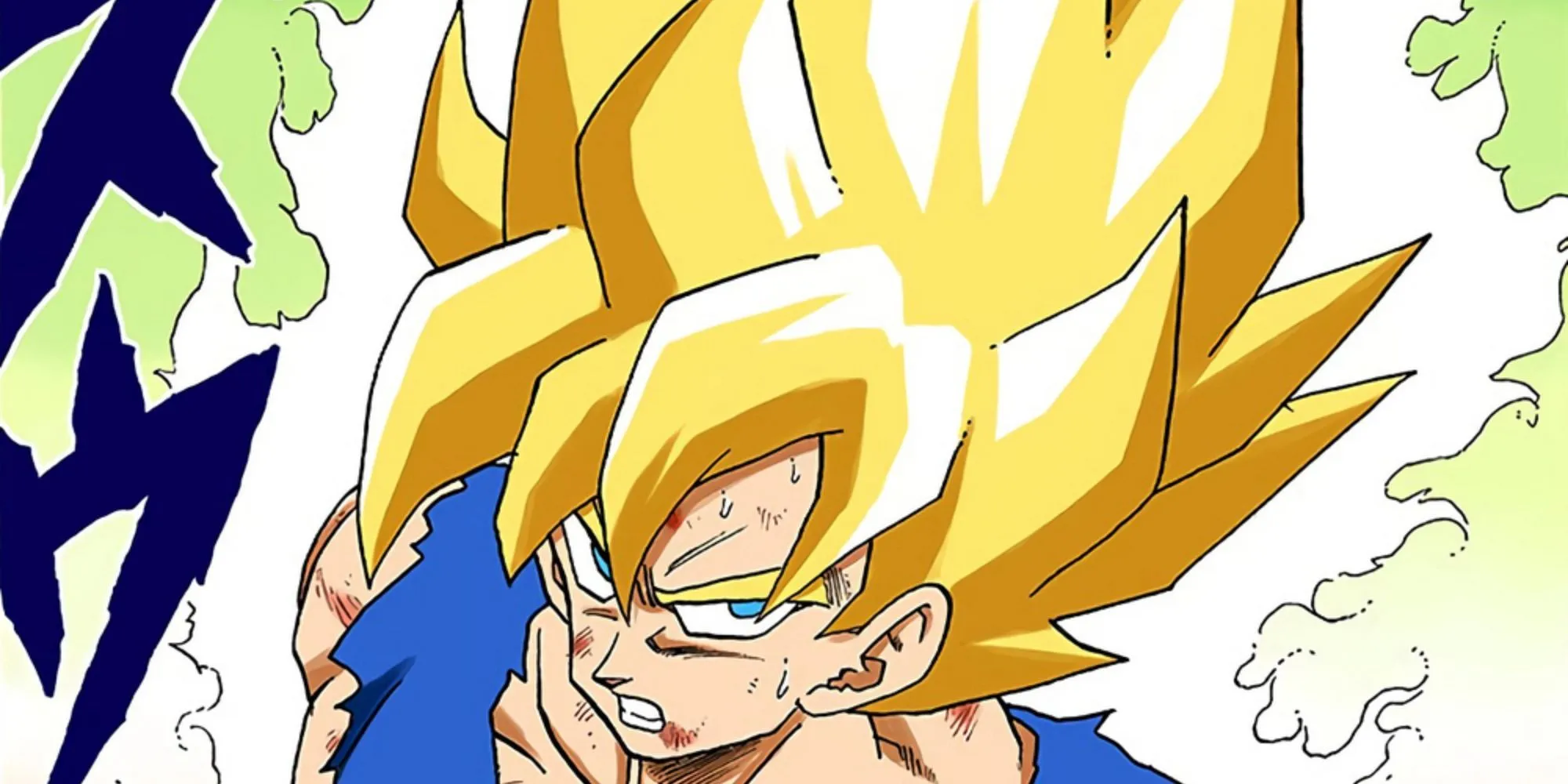
- Author: Akira Toriyama
- Magazine: Weekly Shonen Jump
- Debut: November 20, 1984
- Genres: Action, Adventure, Fantasy, Martial Arts
- Chapters: 519
In 1984, Akira Toriyama began what would become an unprecedented phenomenon with Dragon Ball, a lighthearted reimagining of the classic Journey to the West with a focus on adventure and martial arts. This series laid the groundwork for what would evolve into the most successful manga worldwide across multiple genres.
While the original narrative primarily revolved around adventure, its sequel, Dragon Ball Z, amplified its themes into a thrilling martial arts saga showcasing incredible characters, explosive battles, and iconic transformations. The series’ fusion of humor with a serious plot solidified its status as a cultural touchstone that influenced generations and shaped the global comic landscape.
3 Fullmetal Alchemist
An Intense Political Thriller with Profound Themes
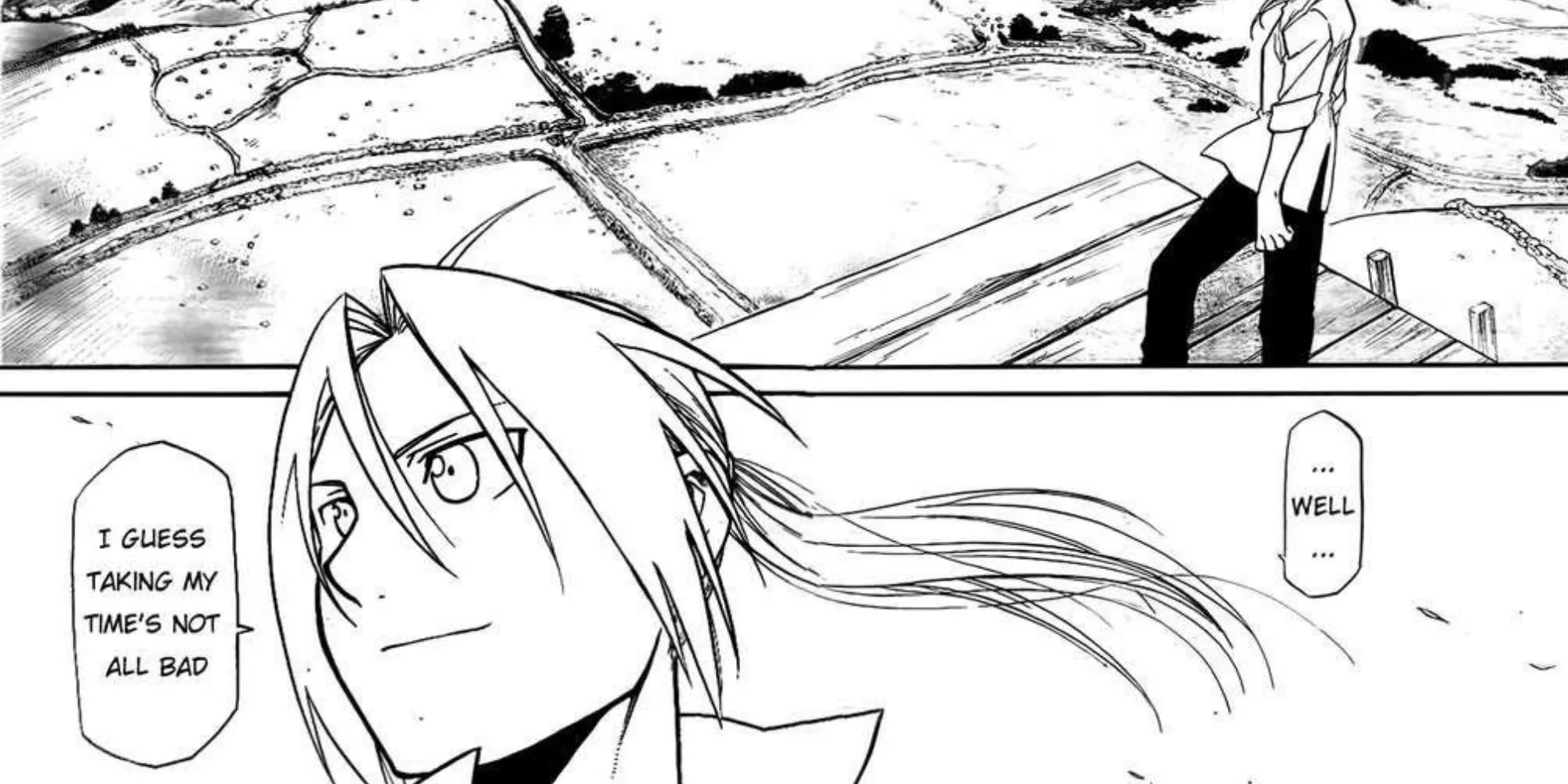
- Author: Hiromu Arakawa
- Magazine: Monthly Shonen Gangan
- Debut: July 12, 2001
- Genres: Adventure, Fantasy, Steampunk
- Chapters: 108
Highlighting women’s contributions in a predominantly male space, Hiromu Arakawa stands out as a remarkable talent with Fullmetal Alchemist. This narrative follows the heartbreaking journey of Edward and Alphonse Elric, navigating a complex landscape filled with themes of life, death, conflict, and betrayal.
This gripping narrative is not only a masterclass in plot development but also showcases Arakawa’s appealing art style and multi-faceted characters. Enriched with emotional depth, it introduces an imaginative and versatile alchemical power system, solidifying its position as one of the finest examples of shonen manga beyond the usual realms of Weekly Shonen Jump.
2 JoJo’s Bizarre Adventure
A Continuously Evolving Creative Masterpiece

- Author: Hirohiko Araki
- Magazine: Weekly Shonen Jump, Ultra Jump
- Debut: January 1, 1987
- Genres: Action, Adventure, Supernatural
- Chapters: 978 (Ongoing)
For years, JoJo’s Bizarre Adventure by Hirohiko Araki went unrecognized in discussions about influential shonen titles until it received a notable anime adaptation in 2012.
Araki’s artistic flair, influenced by cinema and fashion, brings forth some of the most quirky yet captivating characters in manga history. With the innovative “Stand”power system, unique abilities assume physical forms, adding depth to the narrative. By segmenting the story across different generations, Araki continually introduces fresh protagonists and antagonists, ensuring the series remains vibrant and constantly evolving. This reinvention has allowed it to transcend its original demographic, becoming appreciated widely beyond shonen fans.
1 One Piece
A Captivating Pirate Saga Considered One of the Greatest Stories Ever Told
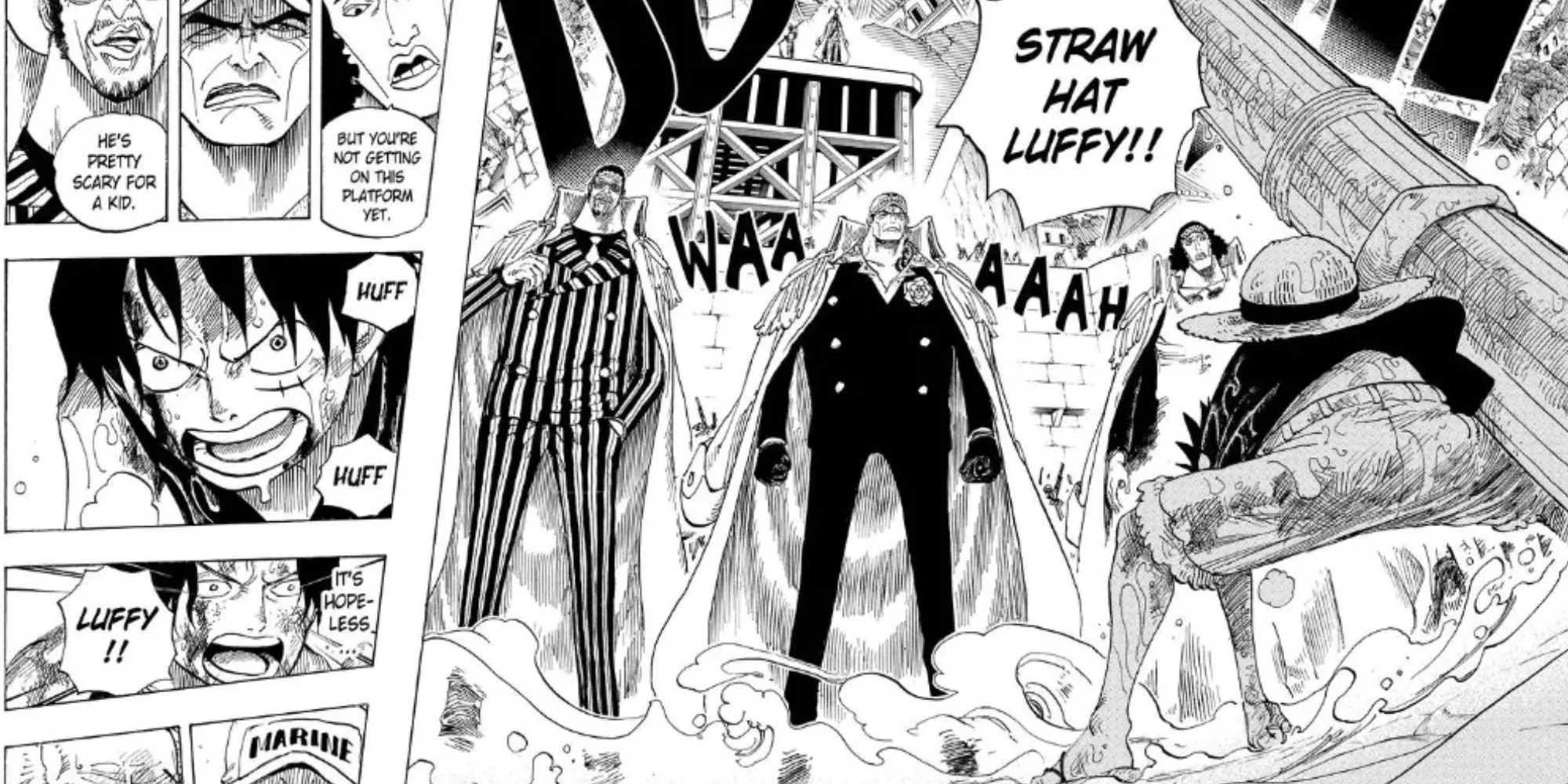
- Author: Eiichiro Oda
- Magazine: Weekly Shonen Jump
- Debut: July 22, 1997
- Genres: Adventure, Fantasy, Comedy
- Chapters: 1144 (Ongoing)
Eiichiro Oda’s One Piece rounds out the trio of the “Big Three,” standing as the only one still serialized in Weekly Shonen Jump after nearly three decades. Despite its extensive narrative, readers recognize it as perhaps the greatest narrative in manga and beyond.
What starts as a lighthearted quest for Monkey D. Luffy to become the Pirate King quickly escalates into a grand tale against a nefarious government. The series deftly interweaves themes of greed, social injustice, and conflict while skillfully maintaining an engaging mix of action, humor, and fantasy. Oda’s distinctive artistic style and character design further enhance its appeal, ensuring that when One Piece eventually concludes, its effects will be felt across both its fictional landscape and in reality.
